Pomegranate: Benefits, Uses, and Ayurvedic Properties
Bengali or local name: ডালিম, দাড়িম
Unani name: To bring
Ayurvedic name: Pomegranate
Persian and Hindi name: To bring
Arabic name: Rumon
English name: Pomegranate
Scientific name: Punica ageratum Linn.
Family: Punicaceae
Introduction:
‘Pomegranate’ is a type of fruit. The pomegranate tree is very familiar to the people of our country. It is a shrub-like tree with dense branches. It is usually 4-6 meters tall. The bark of the tree is gray. The leaves are 4-8 cm long and 1-1.5 cm wide. Both sides of the leaves are narrow, and the surface is shiny and smooth. The leaves are on the branches. At the tip of the branch, two flowers are borne on a bud. The flowers are red. When raw, they are green, and when ripe, they are red or yellow. Usually, the flowers bloom in May and the fruits ripen in August-September. The fruits are quite round, with multiple seeds. There is a juicy red shell outside the seeds. Some pomegranate seeds are small and slightly narrow, so they are called badana. Pomegranates produced in Kabul, in particular, are called badana and are the best. The shape and taste of pomegranates vary depending on the region.
Three types of pomegranates are mentioned in various authentic books. For example: - sweet pomegranate or Anar Shirin, sour pomegranate or Anar Tursh, and sour sweet pomegranate or Anar Maykhos. Regardless of the type, one can be used instead of the other. There is not much difference in quality. Therefore, in the absence of a specific kind of pomegranate, the available one can be used.
Parts used:
Flowers, fruits, fruit juice, fruit peel, seeds, tree bark, and leaves.
Temperament:
Sweet pomegranate:
First class cold and moist, but according to many scholars, it is mushy or has all the qualities.
Sweet pomegranate: Second class cold and moist. According to some, the second class is cold and dry.
Ingredients Dosage
Sweet pomegranate juice 20–100 ml
Dried peel 3–5 g
Sweet and sour pomegranate juice 20–70 ml
Sour pomegranate juice 20–50 ml
Pomegranate flower powder 1–3 g
General action:
Appetite stimulant, heart stimulant, thirst quencher, sedative, stomach and liver stimulant, nourishing, body burning sensation suppressant, purifies blood, bilious fever and vomiting suppressant, diuretic, pomegranate flower is a blood thinner, uterine stimulant, and very effective in white and blood clotting.
Medicinal uses:
Since ancient times, pomegranate has played a vital role in the preparation of various medicines in Unani and Ayurvedic medicine. Currently, its effectiveness has been scientifically proven. The stem, bark, and fruit peel of the pomegranate tree contain 22-25% (Tannic Acid), and the skin of the root contains 20-25% (Punico-Tannic Acid). A type of alkali is found in the root. In addition, 15% of sugar, pectin, and monoacid are found in the fruit. Some of the essential medicines that are prepared with pomegranate in Unani medicine are mentioned here: Jawaris Anarain, Jawaris Tamarhindi, Ma’jun Nushara, Lauk Bihidana, Kurch Gulnar, Habbe Zikun-Nafas, etc.
Pomegranate for the treatment of diseases
1/ Diarrhea:
Boil 10 grams of raw pomegranate peel in a glass of water, reduce it to half, strain it, and consume it in the morning and evening. It is very beneficial for diarrhea. In the absence of raw peel, 5 grams of dried peel can be given.
2/ Insomnia:
Those who do not sleep well at night. They often have to take sleeping pills to sleep, mix 3-4 teaspoons of pomegranate juice and two teaspoons of aloe vera gel, and drink it. Insomnia is cured, and I’m getting good sleep.
3/ Liver enlargement in children:
When the liver of children increases, the stomach becomes large, and pain is felt when the right side of the stomach is pressed. In this case, dry and crush the bark of the pomegranate tree root. Mix 500 mg of powder with two teaspoons of milk and five drops of honey, then consume the mixture in the morning. If you drink it regularly for a few days, it is especially beneficial.
4/ For diarrhea:
Mix two pomegranate flowers and 1 gram of white sandalwood, grind it into powder, and consume it in the morning and afternoon with milk or honey. Consuming it regularly for a few days can yield unexpected benefits.
5/ For diarrhea and blood dysentery:
Take 10 grams of pomegranate fruit and peel, 10 grams of kurchi bark, and 5 grams of bell pepper, grind them into powder, mix them with 125 ml of milk and 250 ml of water, and keep them on fire. If one cup remains, remove it from the stove, strain it, and consume it in the morning and afternoon. Consuming it regularly for a few days can yield unexpected benefits.
6/ For urinary irritation and urinary incontinence:
Mix 20 ml of pomegranate juice, one cup of arak badian or arak rose, and serve it with 2 grams of cow dung powder. If consumed twice a day in the manner mentioned above, unexpected results can be obtained, including a burning sensation in the urine and urinary incontinence, within 7-10 days.
7/ Weakness of the stomach, liver, and heart:
Mix 25 ml of pomegranate juice, 50 ml of rose water, and 50 ml of mint water and consume it twice a day. If consumed regularly for a few days, it is very beneficial for the weakness of the stomach, liver, and heart.
Other information obtained:
Pomegranate is widely used in Unani and Ayurvedic medicine. Sweet pomegranate is a remedy for three doshas, increases sperm count, strengthens the heart, strengthens the bladder, urethra, and uterus. Its juice relieves burning sensation in the body, quenches thirst, is appetizing, satisfying, increases intellectual power, and is generally strong. Sweet and sour pomegranate is a flavor enhancer, antacid, and laxative. Sour pomegranate is expectorant, carminative, and a bile enhancer. The leaves and bark of the pomegranate tree are astringent, anti-diuretic. The juice of the pomegranate fruit is astringent, a thirst quencher, and helps with fever, diarrhea, indigestion, loss of appetite, and restores the normal state of the body. Pomegranate juice is a corrector of the liver triad. Vitamins B and C are found in it.
Scientifically, the chemical components of pomegranate are:
Pelletierine alkaloids, isoeelletierine alkaloids, methylisopelletierine alkaloids, sorbitol, mannitol, glucose, fructose, sucrose, isoquercetin, betasitosterol, friedelin, estrone, pectin, triterpenoids, citric acid, calcium, iron, sodium, and potassium.
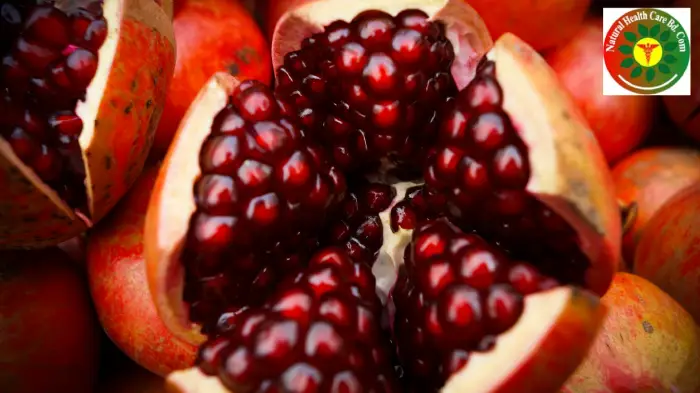
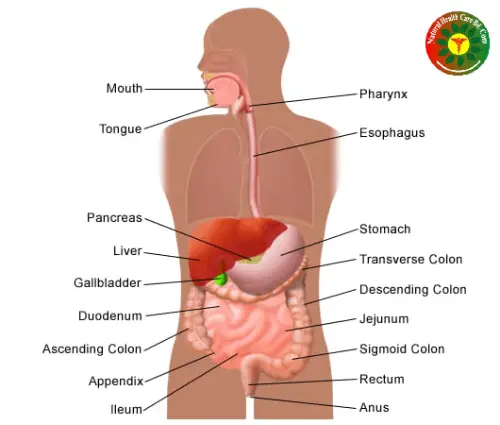
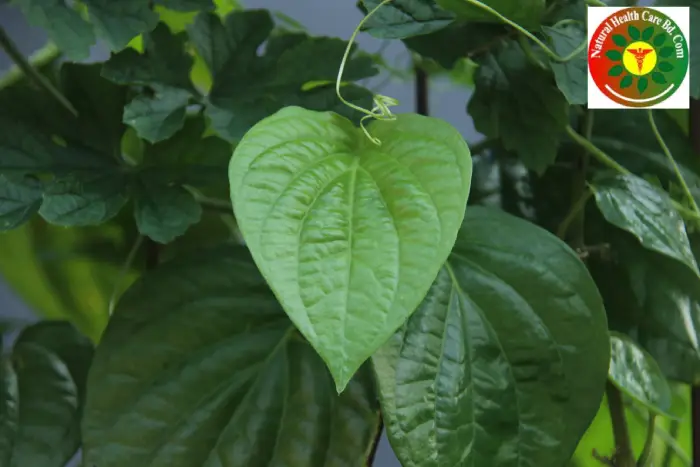
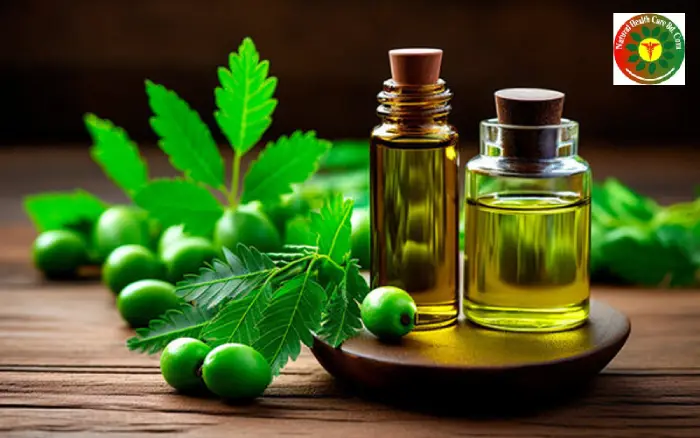
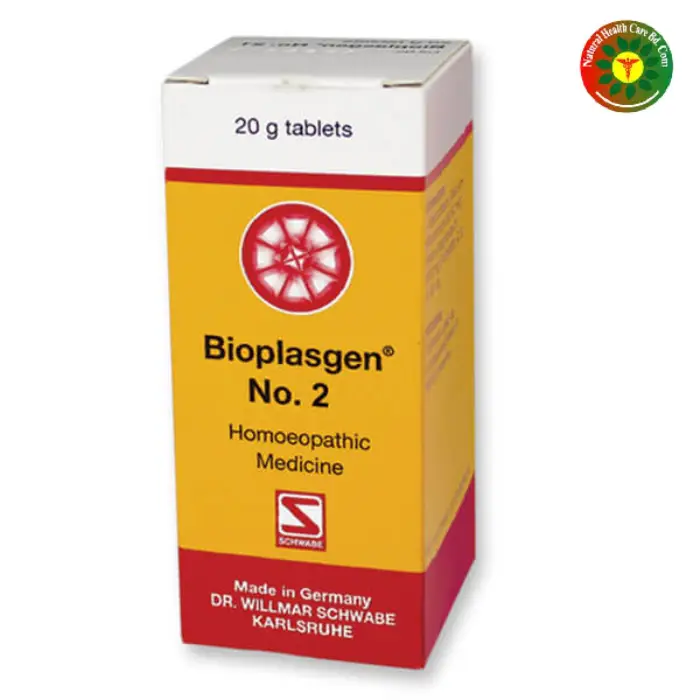
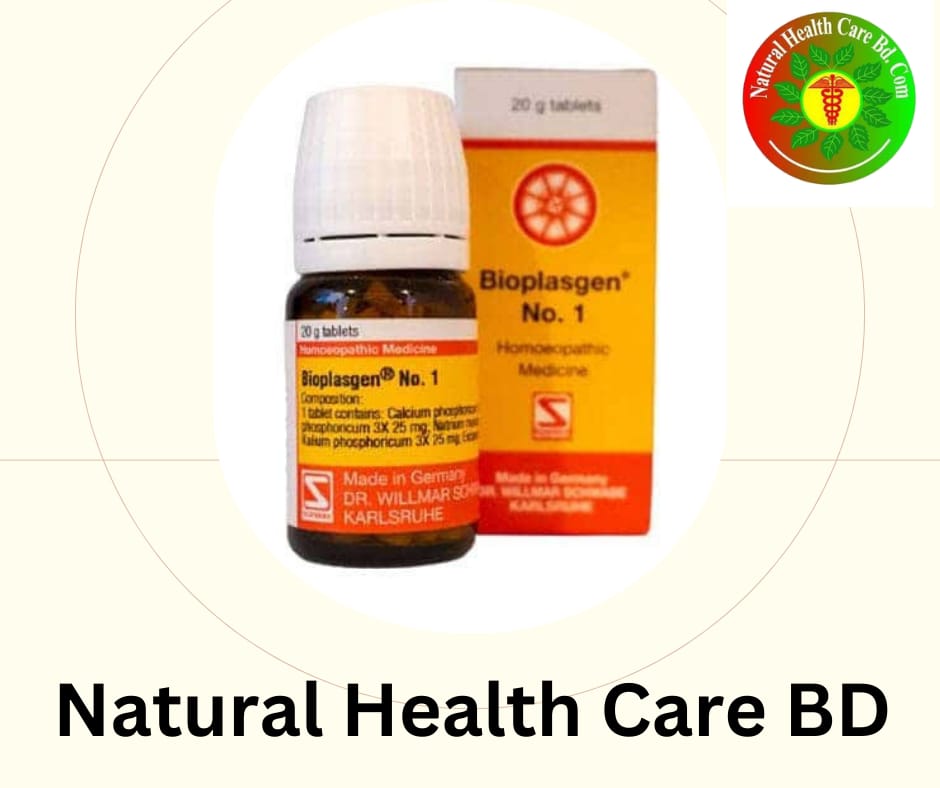
0 Comments